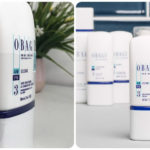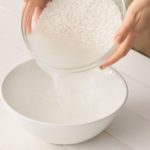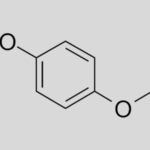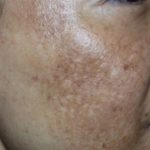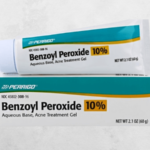1Understanding Melasma
Melasma refers to the development of dark brown spots on the skin, typically observed on the cheeks, nose, and chin. These spots result from the increased pigmentation of melanocytes, specialized cells found in the basal layer of the epidermis. Melanocytes determine the color of the skin by producing melanin, a pigment that protects the skin from harmful UV rays by absorbing and converting them into heat.
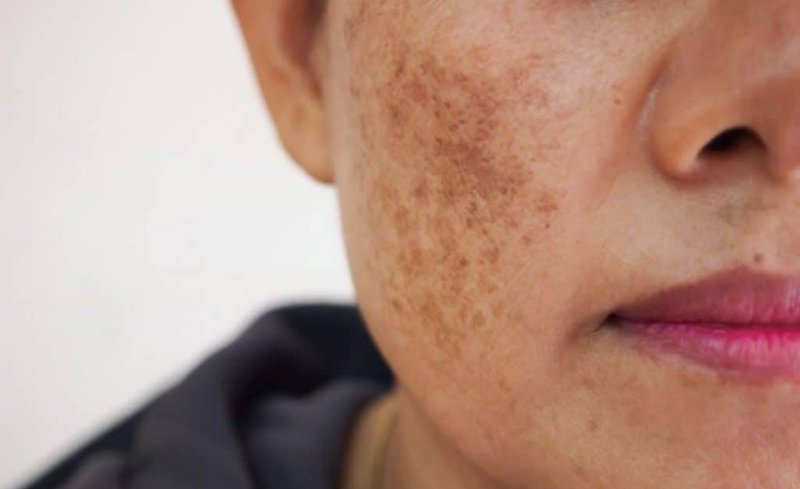 Melasma is caused by an increase in melanin pigment.
Melasma is caused by an increase in melanin pigment.
Prolonged and unprotected exposure to sunlight prompts the skin to produce excess melanin, leading to a darkening of the skin over time and the formation of melasma.
Treating melasma is a gradual and intricate process that calls for significant time and effort to restore the skin’s health. However, certain compounds have shown efficacy in treating melasma when used consistently.
2Effective Melasma Treatment Compounds
Hydroquinone (HQ):
Hydroquinone, a compound structurally resembling melanin precursors, acts by inhibiting the enzyme tyrosinase. By doing so, it prevents melanin production and affects the structure of melanocyte cells, ultimately leading to their death.
 Hydroquinone (HQ)
Hydroquinone (HQ)
Note that hydroquinone is susceptible to oxidation, which can compromise its quality and effectiveness. To achieve optimal results, a concentration of 2-5% is recommended for daily usage over a duration of 5-7 weeks. For complete improvement, it is advisable to continue this treatment regimen for at least 1 year.
Azelaic Acid:
Azelaic acid, a natural dicarboxylic acid, reduces tyrosinase activity, thereby inhibiting melanin production. Initially used for acne treatment, its inhibitory effect on tyrosinase prompted its application in melasma treatment.
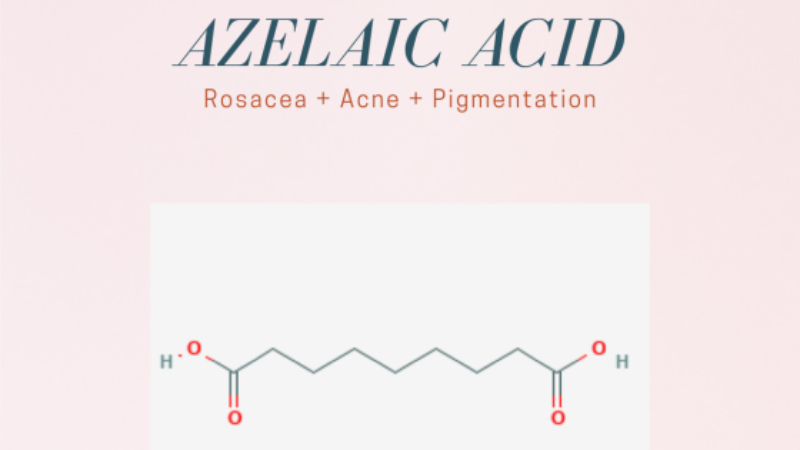 Azelaic acid inhibits melanin production.
Azelaic acid inhibits melanin production.
For effective results, a concentration of 15-20% should be applied twice daily for a minimum of 6 months to 1 year. If no improvement is observed, discontinuing the compound and exploring an alternative treatment option is advisable. Combining azelaic acid with 0.05% or 0.1% hydroquinone often yields the best outcomes.
Kojic Acid:
Kojic acid, derived from mushrooms and the rice fermentation process, effectively brightens the skin and addresses melasma and freckle-related issues by inhibiting tyrosinase activity.
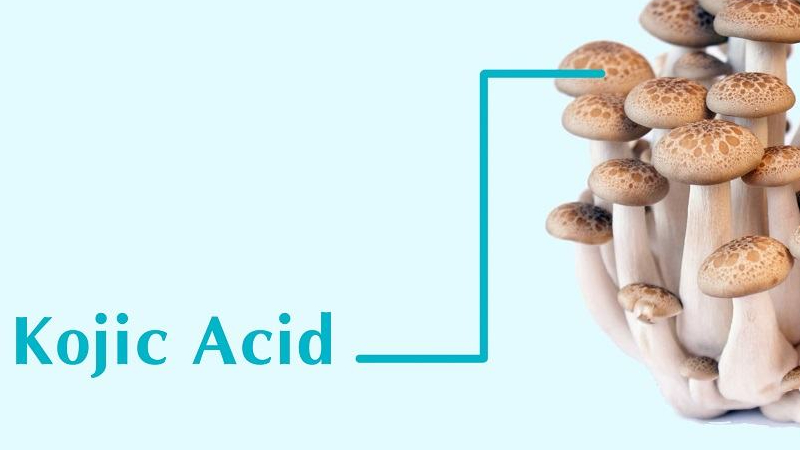 Kojic Acid found in mushrooms.
Kojic Acid found in mushrooms.
This compound also aids in fading facial brown spots and freckles while enhancing the elimination of melanin, the cause of melasma, from the skin by increasing the number of neutrophilic acid cells. A concentration of 1-4% is recommended for optimal results. Some experts advocate combining kojic acid with 2% hydroquinone and 2% glycolic acid to maximize treatment effectiveness.
Retinoids:
Previously used in conjunction with hydroquinone to enhance skin absorption, retinoids have shown independent efficacy in melanin reduction, particularly with the retinoid tretinoin. This ingredient accelerates epidermal regeneration, facilitating melanin removal and reducing melasma formation.
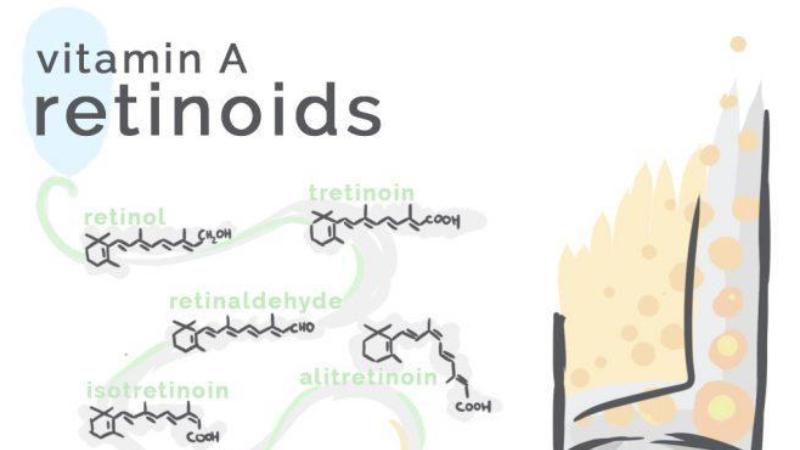 Retinoids accelerate epidermal regeneration.
Retinoids accelerate epidermal regeneration.
Retinoids may exhibit a slower onset of action compared to hydroquinone, with visible brightening effects appearing after approximately 20-24 weeks. Tretinoin can be used as a standalone treatment, although combining it with specific hydroquinone compounds can enhance efficacy.
Glycolic Acid:
Glycolic acid, typically present in concentrations of 5-10% in skin whitening products, works by regenerating the epidermal structure and significantly reducing skin pigmentation. This compound effectively inhibits tyrosinase, diminishing melanin production and subsequently ameliorating melasma.
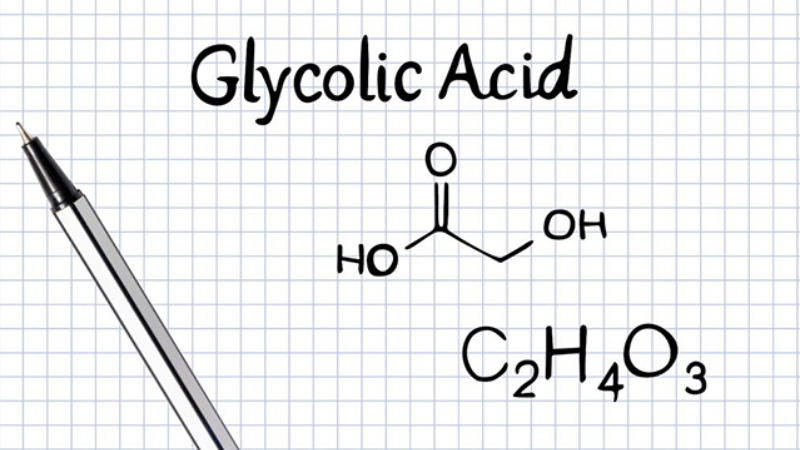 Glycolic acid diminishes skin pigmentation.
Glycolic acid diminishes skin pigmentation.
Arbutin:
Arbutin, derived from plants, serves as a hydroquinone derivative and is commonly employed for the treatment of skin hyperpigmentation disorders. Its mechanism of action involves the controlled release of hydroquinone following the breakdown of the glycoside bond. A concentration of 2-4% is recommended for safe application.
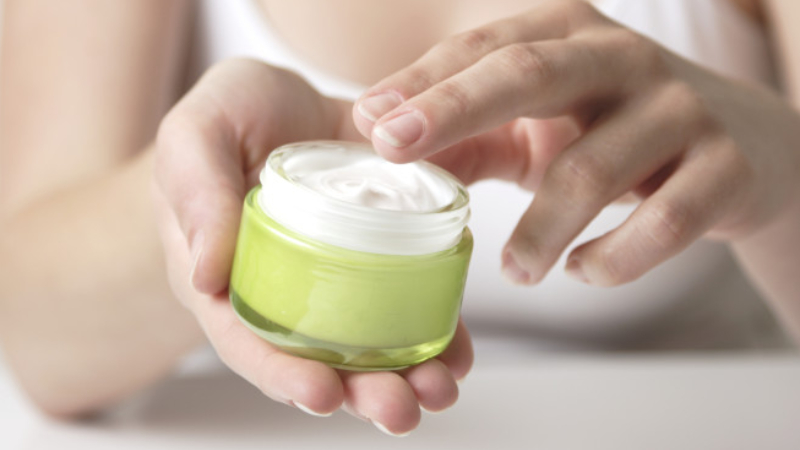 Arbutin effectively treats skin hyperpigmentation disorders.
Arbutin effectively treats skin hyperpigmentation disorders.
The compounds mentioned above offer promising melasma treatment options. We hope this article has provided you with valuable insights. Good luck!
You may also like

























